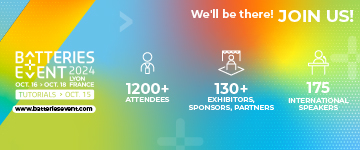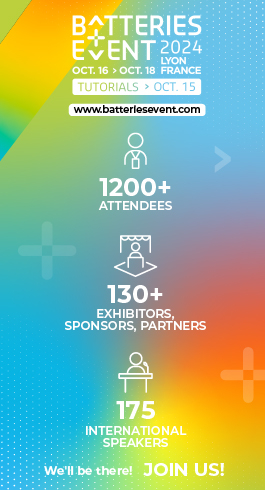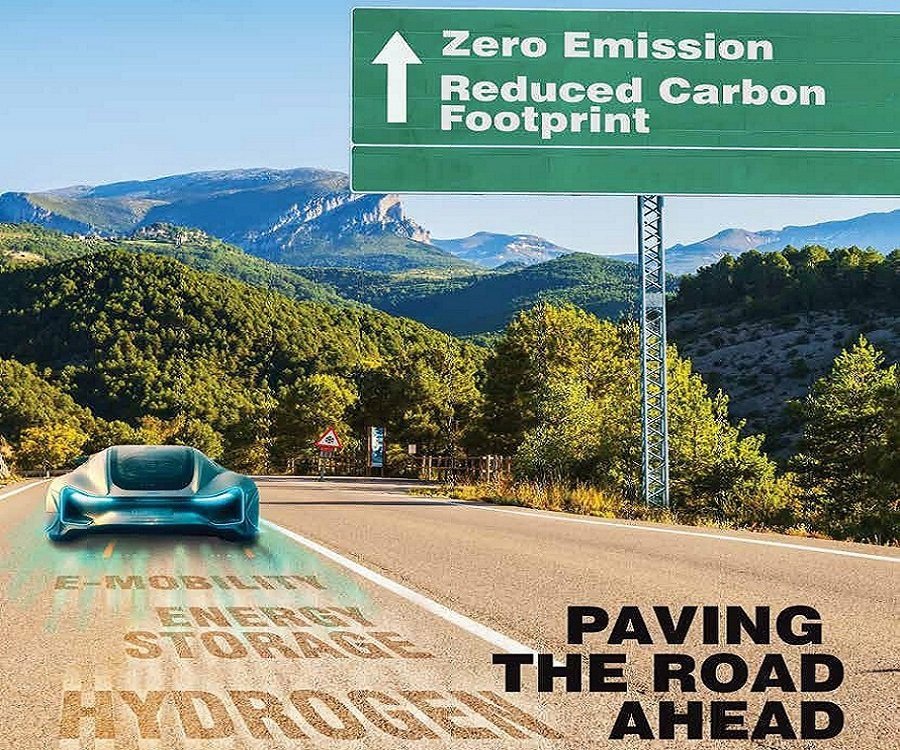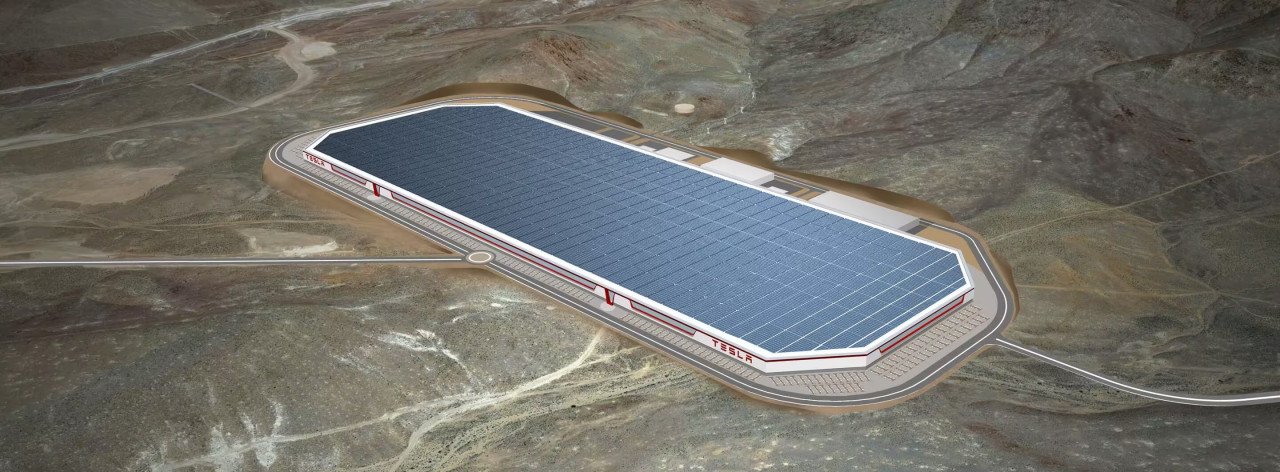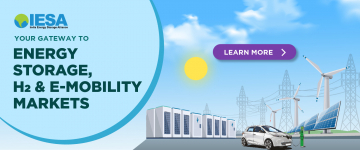Making way for the alternate school of technology
At the portal of tomorrow's tech world, a vast IoT-controlled unknown, Siddharta Bagri, CEO and Founder - Pravaig Dynamics offers us a glimpse of the future data-driven mobility.
Q: Pravaig Dynamic's Extinction MK1 ranks in the big-league luxury car segment with the Mahindras, Tatas, Mercedes, BMW…Yet your target customer is the fleet market. So Pravaig's sales model will not take on the Big Boys – Why?
Pravaig is a premium carmaker with fleet operators as our partners, not the customer segment. Pravaig is primarily B2C facing. What we are doing today is going to be the future of all other carmakers. What that means is that today all other carmakers are tool-makers; however, they will transition into being service providers. Today with Pravaig, our consumers get the future delivered to them; this is what all robot taxis will be like in two to five years, depending on where on the planet you are.
Q: Your idea is to change the old notion of car ownership to a future one, compatible with a data driven mobility, as you term it. What germinated this idea– why/when was the seed planted initially?
Robot-taxis are the future … for so many good reasons. In 2013 we went all out and took the risk of building that future or that time when what matters will be the end-to-end service and not the ownership. And if we can replace the entire experience of ownership with a service, where you get all the benefits of ownership without the drawbacks that then is the challenge for technology today. And that is the challenge Pravaig has taken up to solve.
Q: An old saying goes, a man's first love is his car' - You being a car enthusiast, how would your relationship with the modern, intelligent car need to adapt? Would you still own a Pravaig or a Maserati?
Actually, we live in the age of Lightning, Rimac, Sherp, Tesla, etc. It's an awesome time for car/bike enthusiasts. The toys are getting more and more niche, more specific, and more fun. Fundamentally these toys apply to roughly two percent of the population. Normal distribution applies. Enthusiasts will always find something. You know, even today some people run cars on steam. Similarly, there will be people doing all sorts of awesome things.
However, to go from point A to point B in a city there is no better option than a Pravaig - globally. So as far as regular, daily rides go, definitely Pravaig. Other toys are for entertainment.
Q: Your ideas on car ownership per se, and car-uptime if one can use the term, are the reason behind Pravaig Dynamics' focus on the fleet market. Could you explain?
Parallels can be drawn to airplanes, factories, and data centers. To travel from point A to B, we (most of us) don't buy a plane and keep it unused for most other times. It is a similar case with factories and data centers. If we look at ownership patterns, an average car is used for less than four percent of its usable lifetime, most of the time. If we can increase the usability to 40 or 80 percent, theoretically, we can replace ten to twenty cars with one car. This will allow us to bridge to a more public utility-driven future.
Q:The Extinction MK1 is showcased as a 'premium electric car, completely made in India'. Percentage wise, how much of the car is indigenously manufactured?
By mass, about 80-90 percent of the car is Made in India. However, most high-value components have been sourced from outside India. And this is the unfortunate part because in mass they are low but in value, they are much higher. Indian supply chains need to be more ambitious, Indian suppliers need to be more integrated and more rapidly evolving to be able to survive and thrive. And the time for that to happen is now. There has never been a better window of opportunity to do this than today.
Q: Kindly elaborate on your production facilities and the kind of supply chain you needed to establish? Was it necessary to use ARAI testing facilities?
We have a pilot battery line of ~1.5 GWh per annum. We expect to have significantly higher production capacities to be built out in the next two years, enough to suffice the growth of up to a million units per annum. Supply chains are comprehensive and I hope semiconductor fabrications start in India. There is a tectonic shift in that Industry too and hopefully, India will ride this new wave. Rare Earth minerals, battery cells, there's so much to do, each one a massive global opportunity.
Q: The Extinction's battery is actually its pièce de résistance with a 500 km run per charge. Could you detail the special features as well as how you achieve this record-breaking range?
Everybody consumes energy; you cannot take away the work that needs to be done to propel a particular mass across a certain distance. That's basic physics. Following that, you first try and reduce that consumption as much as possible, primarily through aerodynamics, weight reduction, and lossless components. Then you factor in a battery pack of a certain size to achieve an X amount of range. Of course reduction of weight, while ensuring safety is critical for the pack itself and a lot of engineering goes into that.
Q: The Extinction also boasts extraordinary stats in pick-up, top speed, bhp, to mention a few .Could you walk our readers through these specs?
Current Specs are for Extinction MK I (which is a two-year-old prototype):
- Fast charging capabilities – 0 to 80 percent in 30 minutes
- Power Output of 150 kW
- 0-100 kmph in 5.4 seconds
- Torque at wheels 2400 N-m
- Top speed of 196 kmph
The specs in Extinction MK II (the production version) will be better. EV tech is really good for performance numbers, fairly as a by-product of the electric machines.
Q: As a manufacturer of a luxury sedan for the shared mobility segment, does Pravaig have a standard of expectations from the fleet operators who use the Extinction?
Yes, our fleet operator partners need to have a certain amount of quality, experience, and processes. We follow very strict protocols, typically such as those followed by luxury hotels, embassies, etc. - what is known in the industry, as 'white-glove service. Plus, they have to work with us to get the fleet drivers to go through an exhaustive three-month chauffeur training program.
Q:What are some of the exclusive luxury features you have in mind for the Extinction MK2?
We have some incredible features in the car. Some of them are:
- Private Space: With a roll-able tinted window partition dividing the front and rear seats, 12-inch mirrors, vanity lighting.
- Office space: A desk that can accommodate a 15-inch laptop, power ports, and 2 USB thunderbolt ports.
- Himalayan Air: the cleanest air with 10x Co2 reduction and a powerful PM2.5 filter
- Built like a Tank: the production model is a 5-star safety product.
- Awesome Audio: Lowest power consumption with absolute clarity and bass. It is the global automotive debut of the legendary French audio brand Devialet – amongst other entertainment features.
Q: How do you comment on the rumor of a rising number of issues with EVs and on the removal of certain electric car models from the incentives list?
The technology is at a nascent stage. It is evolving and building by the day and there are bound to be those kinds of issues pertaining to action. Even today petrol cars, diesel cars are recalled all the time. Automotive products are very complex pieces of machinery. Such incidents are a part and parcel of any novel, exciting field. Pertaining to Nexon EV, I don't believe them to be substantial arguments. There is more than enough data that these might be one-off cases or incentivized to discredit the product. Such things do happen. What matters is what the company does in response. Tata is exceptionally ethical and is taking it extremely seriously right at the highest echelons of the company.
Q: As a startup, what is the funding you have received and from whom? What about future funding?
For any good business, globally, there is no problem with funding. Of course, the unfortunate part is that Indian investors usually miss the growth phases, and more often than not Indian startups are forced to relocate to different geographies for capital. This is a concern given the present culture of risk capital in India, where incremental growth is preferred due to perceived certainty. We have invested everything personally into Pravaig, and have a significant capital outlay for the next five years. Hopefully, with Pravaig, growth phase gains will be captured by Indian entities.
Q:Your comments on the entry of Tesla into India? How do you believe it will influence the dynamics of e-mobility in the country?
Tesla is right up there with the Chinese in terms of technological capabilities for electric vehicles. They are the only ones close to the Chinese. Along with this, there are challenges such as data issues that lie in autonomous driving, e.g. Cloud Act 2018 (US) where the government can issue orders and access data stored by the US companies – even if it is in some other country. Therefore, even if engineers inside companies don't want it, the tools they make have severe ramifications on society. So Tesla brings about the severe sovereignty challenges that other Big Tech like Facebook, Google, Microsoft also bring. Even if the companies don't want it, the countries that they originate from legally have been mandated for these kinds of accesses, which is why you see China banning Tesla from all sensitive facilities.
Pravaig is paving the way for an alternate school of technology, where we ensure sovereignty for all the levels: Citizens, Cities, and Countries. This cannot be achieved via regulations. Regulations lag behind technology by a huge margin.
In any case, the market share of Indian automobile companies is a very low double-digit figure, even combined with the Koreans, the Japanese, and the Germans. First Tesla and the Chinese will decimate the Germans, then get to the Japanese, and finally to the South Koreans. But if our Indian companies are not able to fill in the void before that happens, then we will lose out in this market, almost forever. Americans, Chinese, and Volkswagen are the only real bets for the future so far. India has a very big opportunity for global growth in this flux; however, it is up to us to recognize and accept the challenge and move beyond legacy constraints of culture and technology.Q:You are spoken of as 'India's Tesla.' Do you believe India is big enough for two Teslas?
India is not even big enough for one. It is a very, very small market compared to other automotive markets. Pravaig is a robot-taxi company today - we're starting from zero as a robot-taxi company. Definitely, Tesla will be there faster than others. But our customers get the experience of the future today. We're not high in volumes today, but we're not limited to Indian geography. Our approach is really to enter that market where our service makes the most sense. The technology flux has created a global opportunity. The automotive industry has seen many transitions. It started in the 1800s with stagecoach manufacturing with bespoke carriages. Then it moved to an assembly line system with dealerships. The early 2010s saw a shift to electric vehicles with online direct retail. However what India can do and what we are doing is leapfrogging directly to the mobility-as-a-service segment. Here we provide the service, which is where the world will be in the next 10-15 years.
Q: What are long-term scalability plans for Pravaig's Extinction? Global plans? Where do you plan to see yourself in five years?
Currently, the capacity is built for 2500 cars per year starting Diwali 2021; then on to one lakh by 2023 and 500 lakh by 2026. We are starting operations in most Tier-1 cities in India and will expand to cities that have the most use for Pravaig's operating model. We will not be restricted by geographical boundaries.
Q: Quoting from your own experience, in what way do you think the government can better support e-mobility in India?
Government must just ensure that it provides a level playing field to all. So far, from a policy viewpoint, Indian companies are disincentivized compared to their foreign counterparts.
Q: In this journey so far, what have been the low times? And the exhilarating ones that make the slog worth it?
The universe is cyclic – there are multiple low and high times. But as long as the trajectory is upwards, we know we're going in the right direction. The headroom for growth is mind-boggling, and we are just starting to scratch the surface of the future. However as we are a subset of the universe, the natural declining state caused by entropy has to be fought every day, or else we lose knowledge and ability. For example, India had working sewage systems in 12000 BC, yet there is not one city with a functioning system today. We must accept restlessness and a constant uphill battle against ourselves to discover the secrets of the universe and tap into them for making ever-better tools for humans to explore more and hopefully add to useful knowledge.

